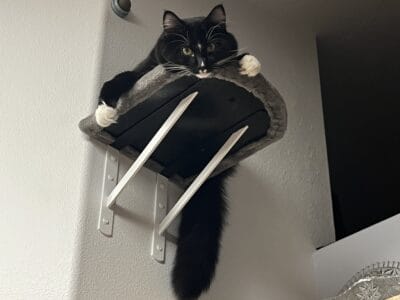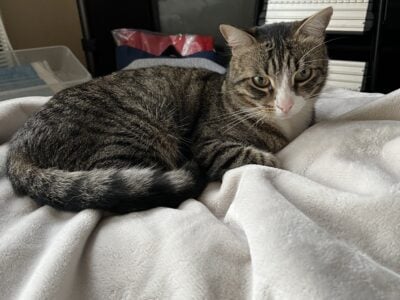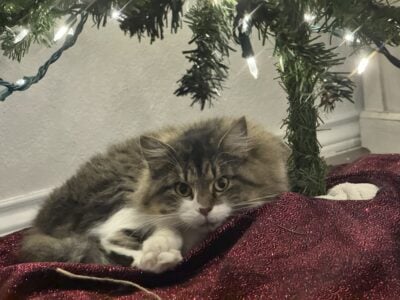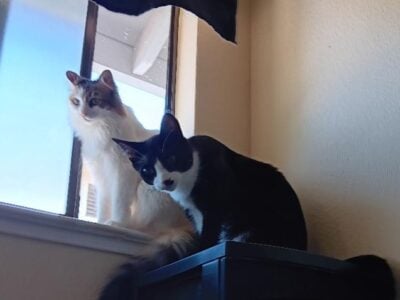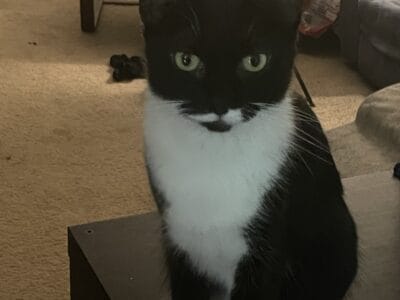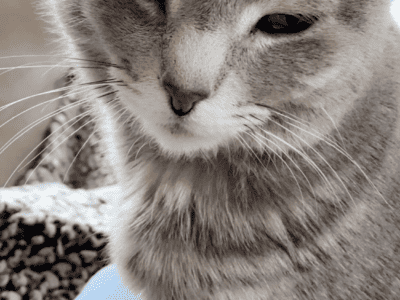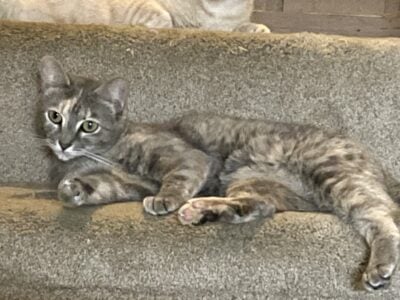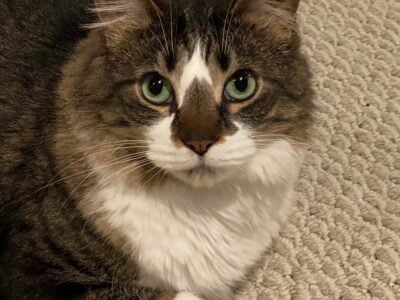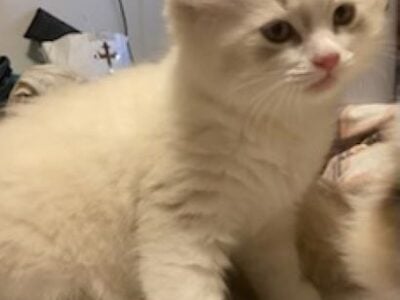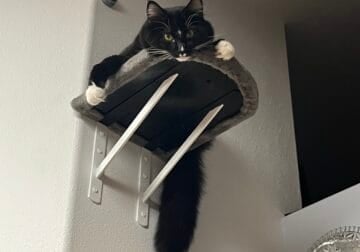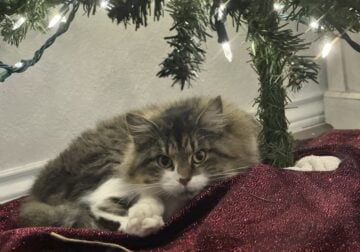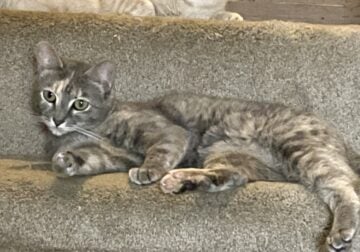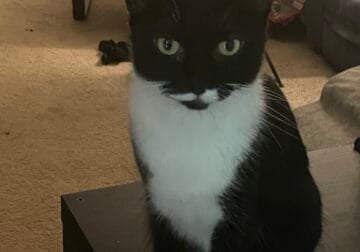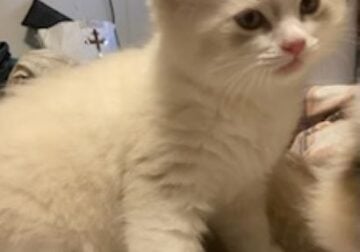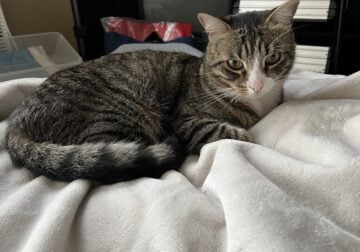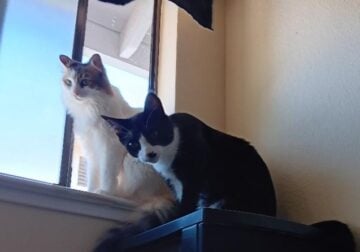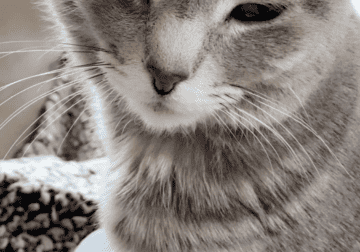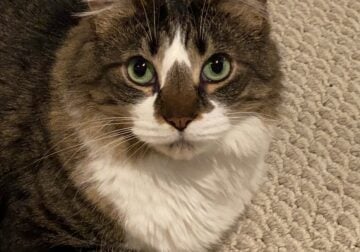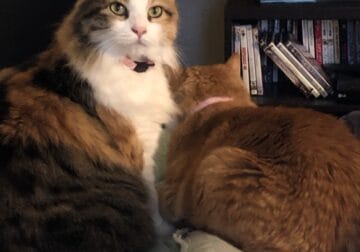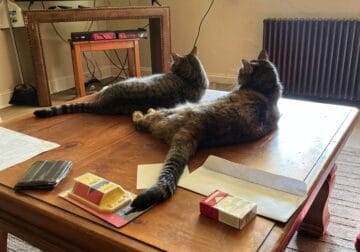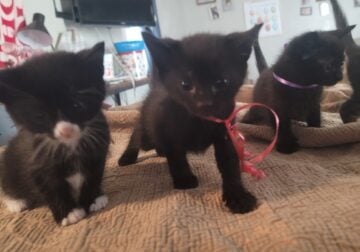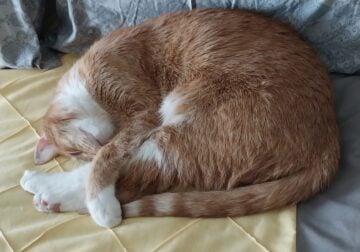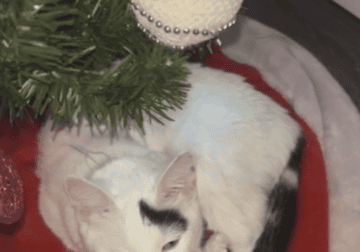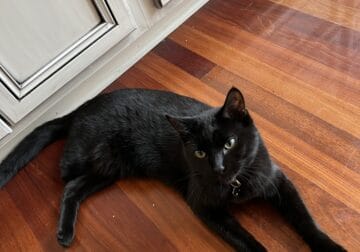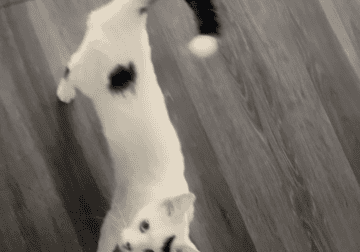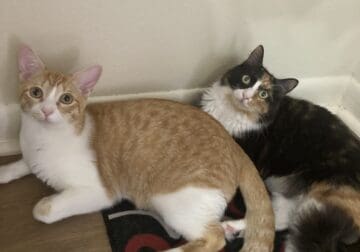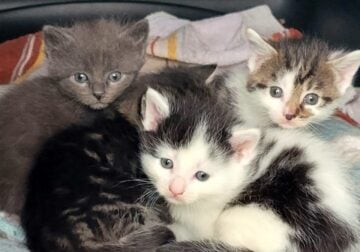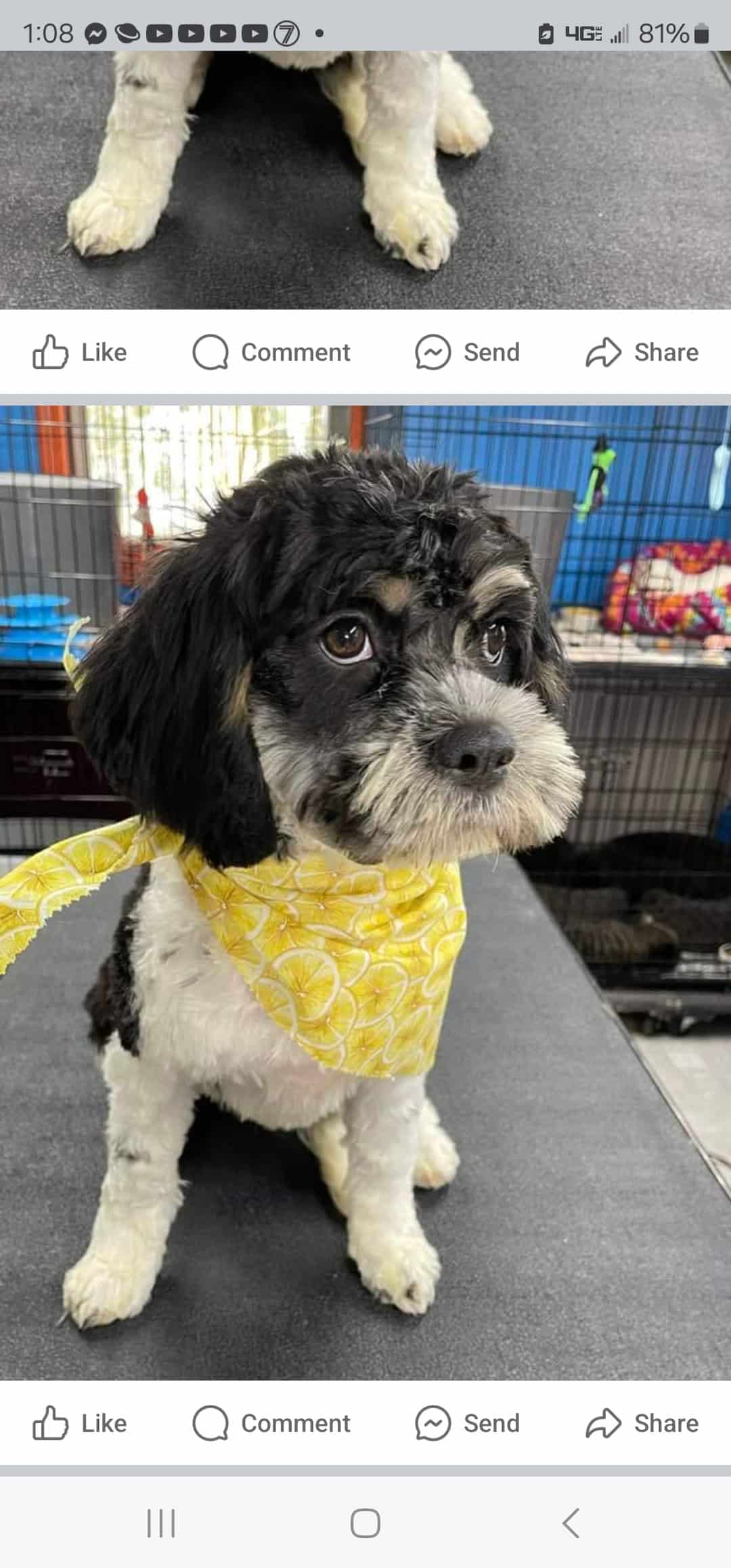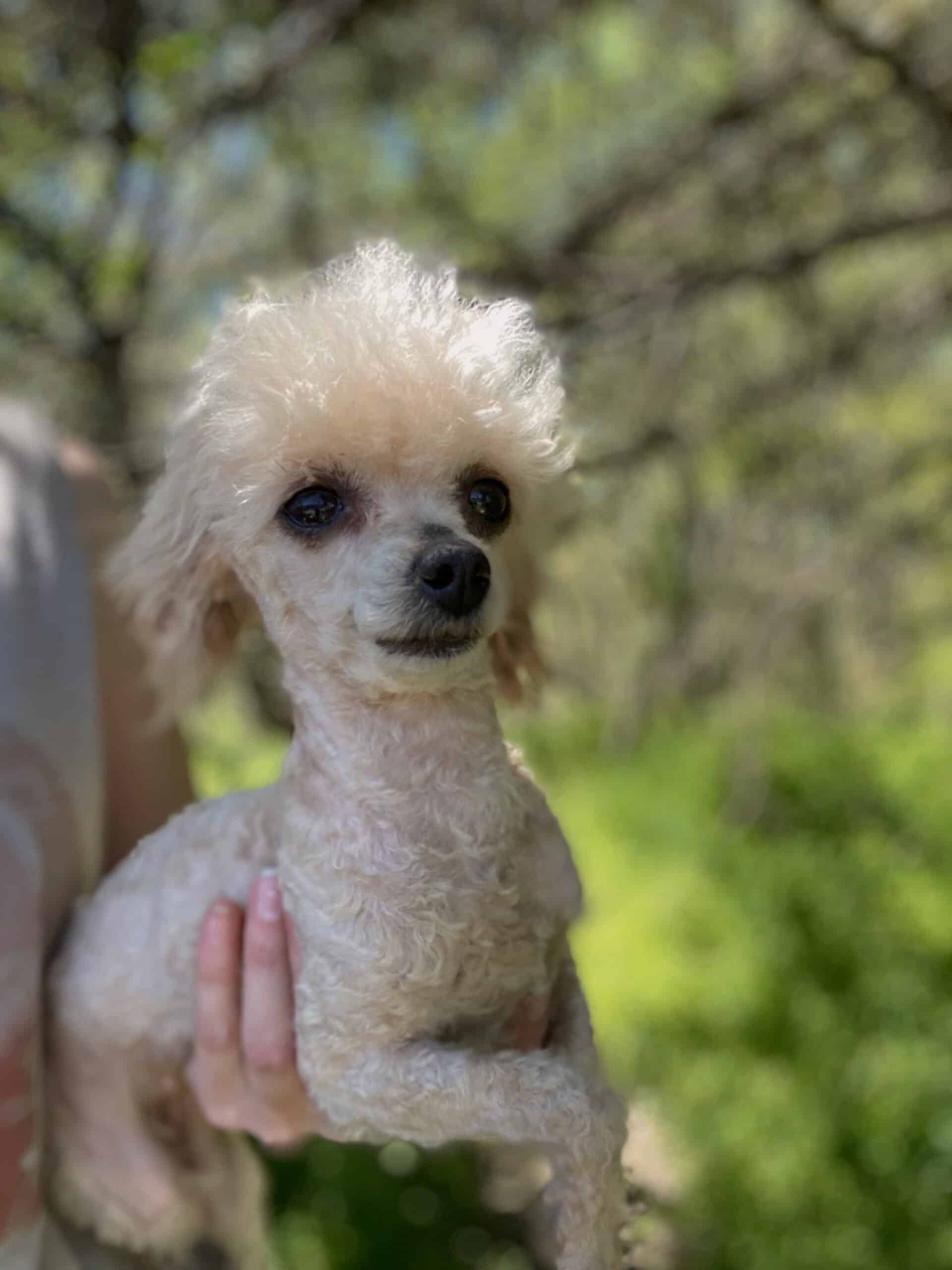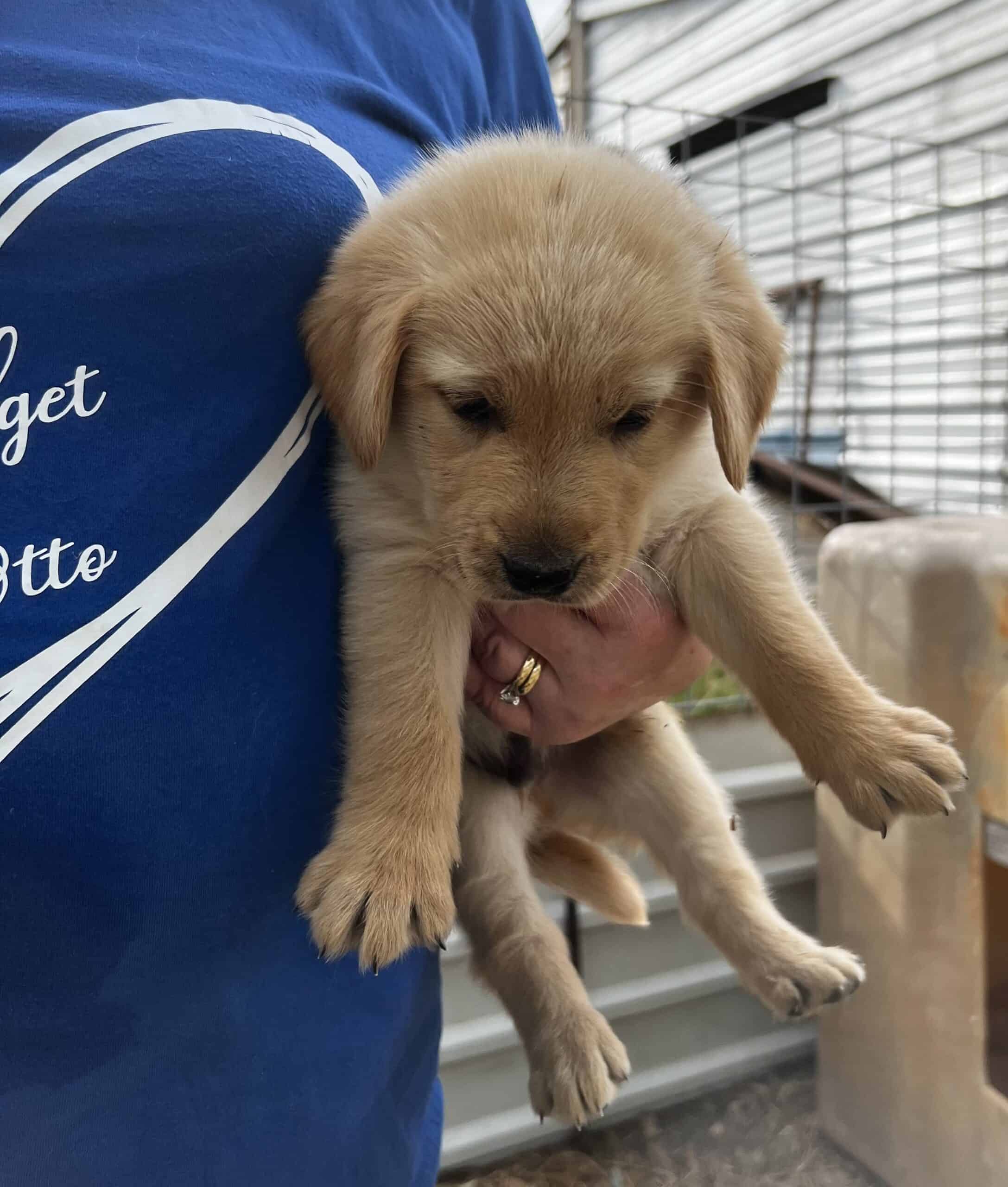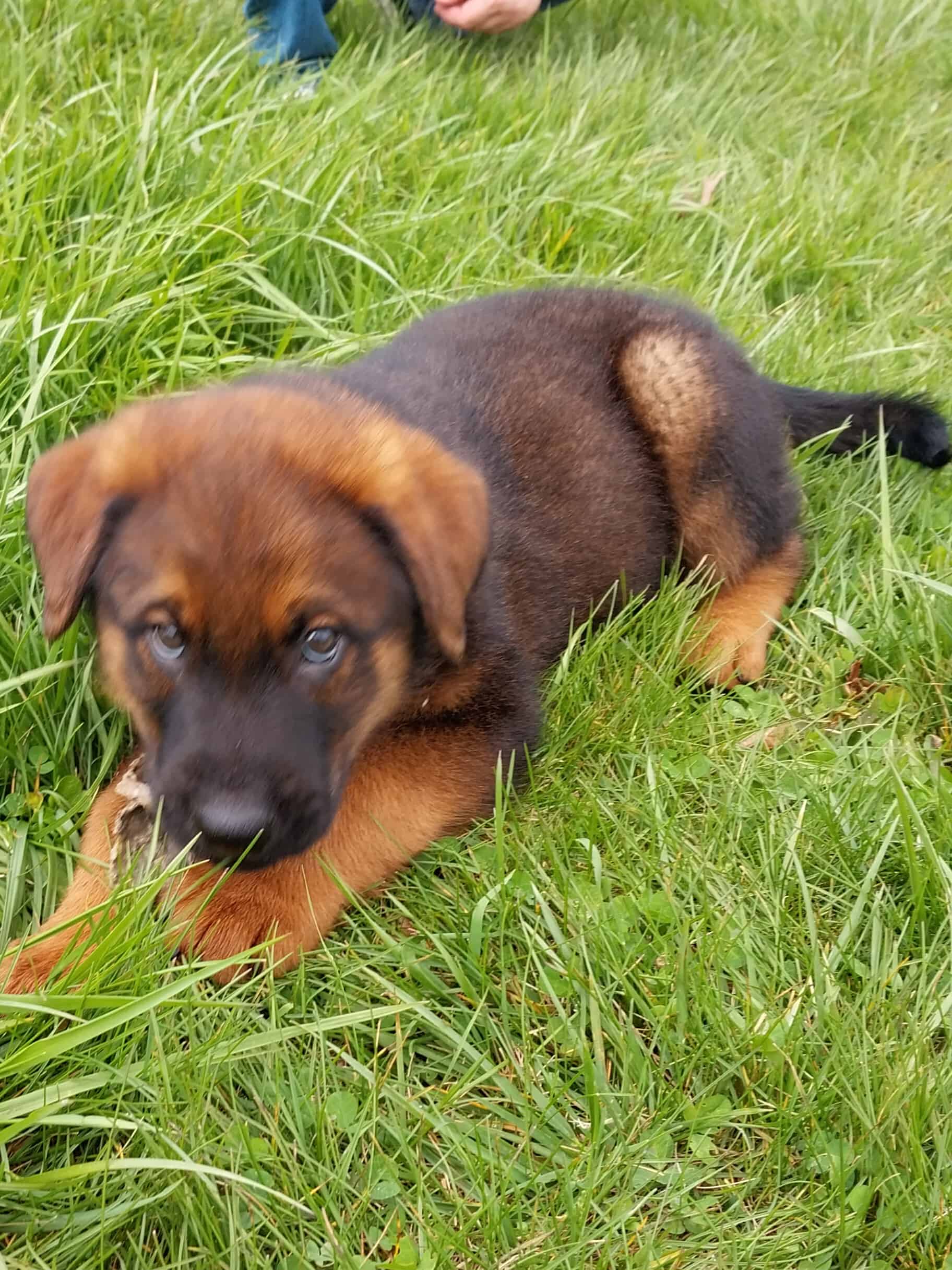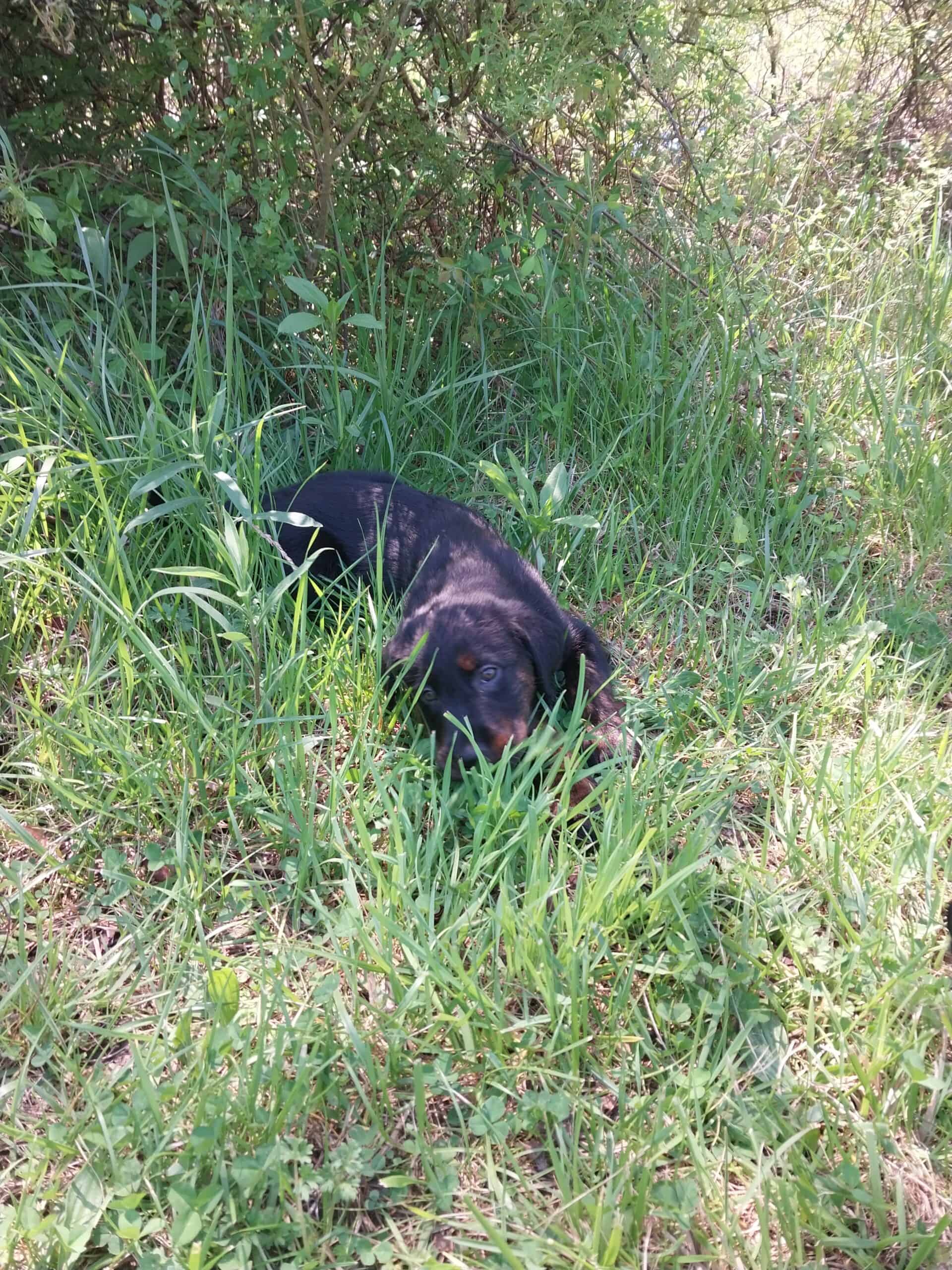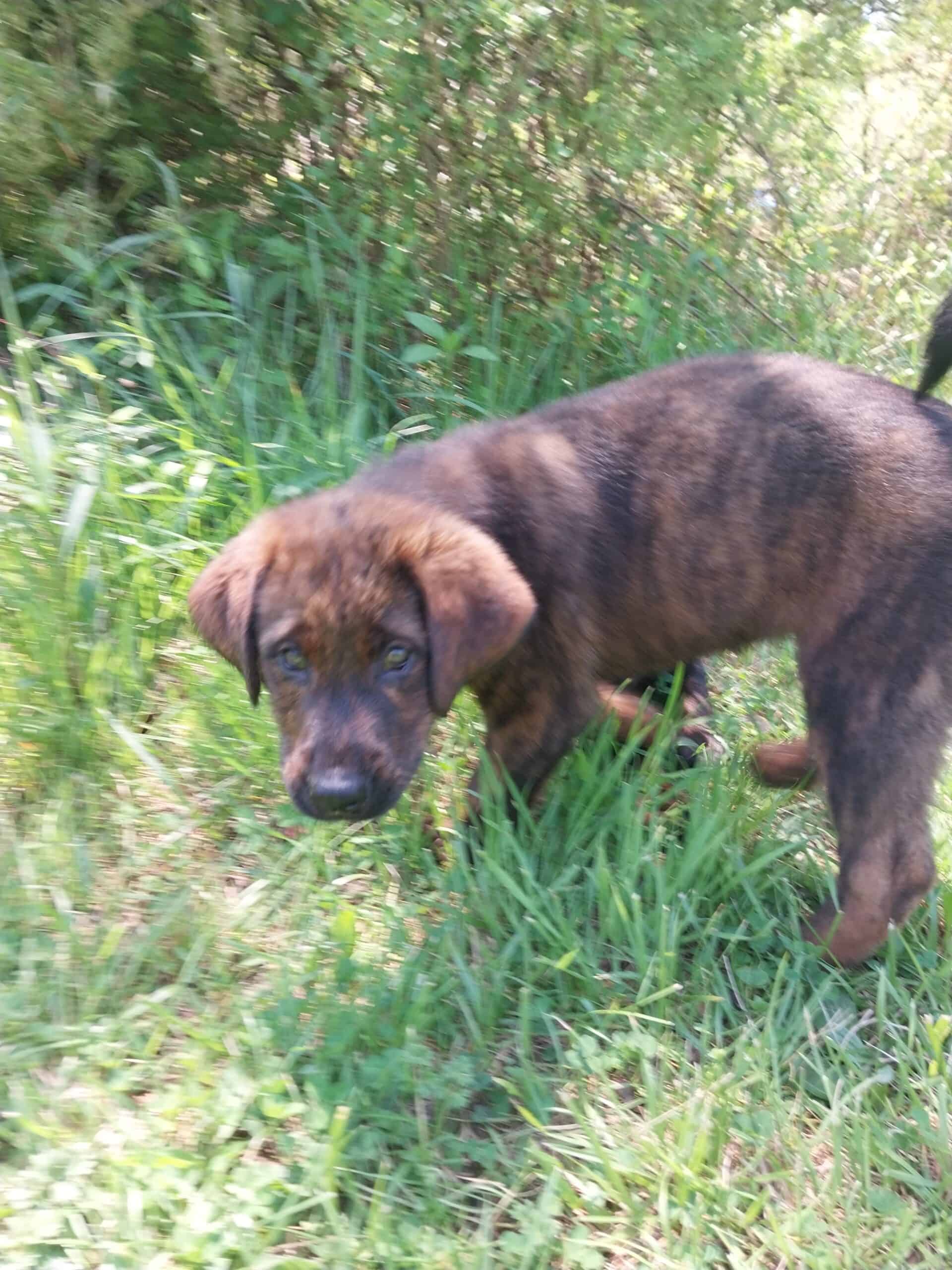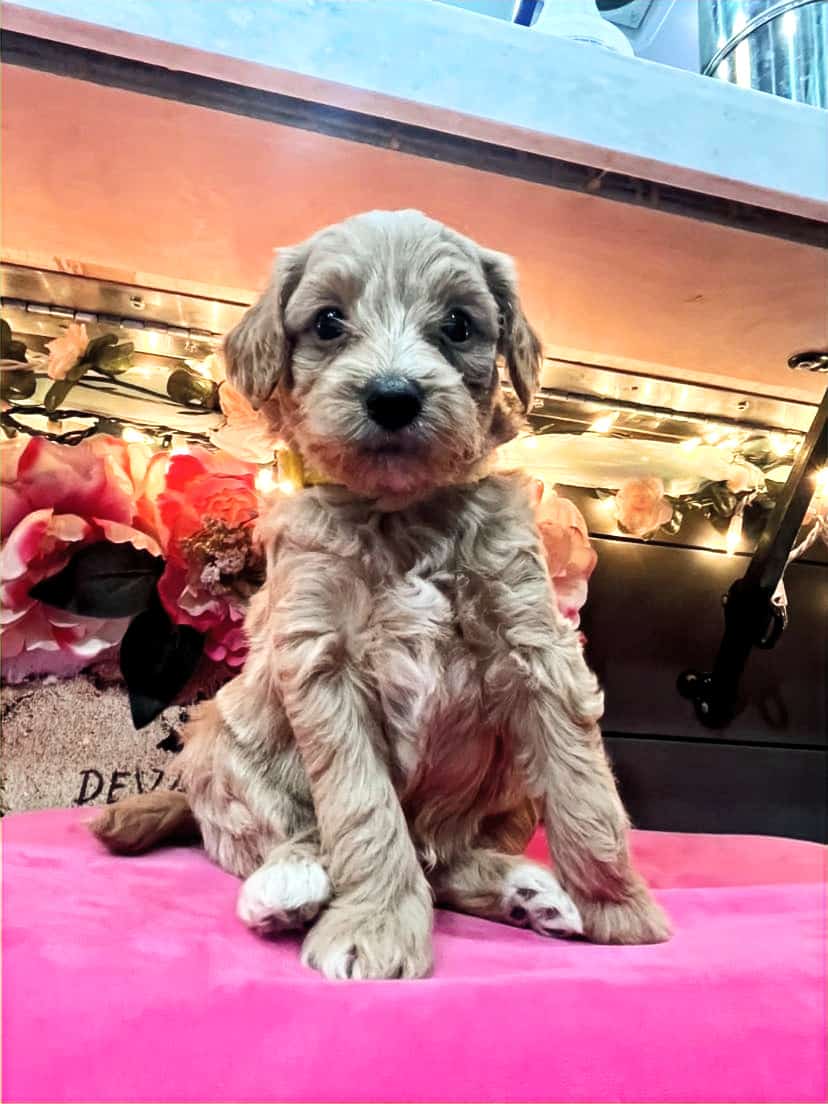Domestic cats for sale as the second most popular household pet after dogs are both intriguing and polarizing. Coveted for their skills at hunting rodents, cats have run the gamut from barely tolerable to demonized to cherished sacred pets. As of the 2020s, the domestic cat has settled into its niche as a highly valued companion animal with an independent spirit, small space requirement, and relatively low exercise demands. The different domestic cat breeds are variable enough to appeal to a wide range of owners’ personalities and lifestyle types.
Overview of Domestic Cats for Sale
The domestic cat belongs to the genus Felis. Felis includes several other similar but wild species. They, in turn, stem from five lines of wildcats.
- European wildcat – F. silvestris
- Chinese mountain cat – F. bieti
- African wildcat – F. lybica
- Black-footed cat (small-spotted cat) – F. nigripes
- Sand cat – F. margarita
- Jungle cat – F. chaus
The leopard cat and serval each belong to the same subfamily but different genera than domestic cats. Nevertheless, hybridization between these wild exotics and domestic cats has proven successful. Leopard cats of the subgenus Prionailurus and servals of Leptailurus were used to produce the Bengal and Savannah cat, respectively. European wildcat x domestic cat crosses are Kellas cats and can occur naturally or are propagated by breeders. Another increasingly common wildcat hybrid is the Chausie, a cross between a jungle cat and a domestic cat.
History of Domestic Cat
Historical facts constantly evolve as more evidence comes to light such as fossil records and DNA technology. Once thought to begin in Egypt, feline domestication is now believed to have arisen as early as 7500 BC in western Asia. The domestic cat, Felis catus, descended from the African wildcat, Felis lybica. Other regional species branched early, but all remain closely related and very similar in appearance and behavior. Some taxonomists group the domestic and wildcats as subspecies of each other. In such classifications, silvestris is added to the scientific name. A couple of examples are Felis silvestris silvestris and Felis silvestris catus.
Domestic Cat Breeds
There are over 60 recognized domestic cat breeds. Not every cat breed is recognized by all the major registries. It is impossible to be exhaustive here, but the following is a collection of many of the more common breeds of cats.
Domestic Short-Haired Cat
Most sites classify cats as dual-coated. However, a domestic short-haired cat, with a few exceptions, has a triple coat that consists of three types of densely packed hairs. Guard hairs, as in the dog, comprise the outer coat and are stiffer than the underfur. However, short-haired cats generally have softer and plusher coats than smooth-coated dogs. The second or intermediate layer of the cat’s coat is a collection of awn hairs that are medium in length compared to the outer and inner fur. These awn hairs are also of intermediate softness. Finally, the underfur is extremely soft and is curly, wavy, or crimped. The Cornish and Devon Rex are missing all but their undercoats. Some fanciers classify them as hairless rather than short-haired.
- Siamese – characterized by a pale body and color on the points (face, ears, tail, feet)
- Domestic Shorthair (DSH) – a catch-all for a short-haired cat with unknown ancestry, or established line of these cats where pedigrees are tracked
- British Shorthair (BSH) – the classic standard is British blue
- Oriental Shorthair – developed from Siamese without point-restricted coloring; some registries do not recognize white
- American Shorthair (ASH) – like the BSH
- Abyssinian – ticked or banded hairs
- Bombay – in effect a black Burmese
- Burmese – sable, blue, champagne, or platinum; Siamese in ancestry, but Burmese has a heavier build, rounder face, and no points as an adult
- Tonkinese – began as Burmese x Siamese; champagne, natural, blue, or platinum; high-contrast (points like Siamese), low-contrast (called solid, but sepia where points are only slightly darker than the body), and medium-contrast (mink is between high-contrast points and sepia coloring)
- Exotic Shorthair – short-haired Persian
- Bengal – Asian leopard cat x domestic cat; spotted hybrid
- Savannah Cat – African serval x domesticated cat; spotted and striped, long-legged hybrid
- Egyptian Mau – one of the foundation breeds
- Scottish Fold – ears fold forward and flat on the head
- Havana Brown – developed from Siamese; all are rich brown and not pointed
- Colorpoint – pointed short-haired cat with a nondescript pedigree
- Ocicat – light cat with golden to reddish spots; started as Siamese x Abyssinian crosses
- Russian Blue – uniformly silver-tipped blue cats
- Manx – no tail
- American Curl – curled ears
- Japanese Bobtail – the tail is exceedingly short but is present and is recessive (contrast with Manx)
- Munchkin Cat – dwarf cat with shortened legs
- American Bobtail – a similar dominant gene that causes taillessness in the Manx causes arrested development of the American Bobtail’s tail (a third to half the length of a normal cat’s tail or often shorter)
Domestic Medium Hair Cats
- La Perm – wavy or loosely curled hair
- Balinese – sometimes referred to as a long-haired Siamese, but their coats are intermediate
- Somali – propagation of the long-haired gene in Abyssinian breed
- Birman – pointed cat with white feet developed in France; involved in ancestry of Ragdoll
- Domestic Medium Hair (DMH) – like DSH and DLH
- Siberian Cat – despite this cat’s highly dense and semi-long fur, it is considered hypoallergenic because of low Fel d1 protein levels
Domestic Long-Haired Cat
- Himalayan – classified as pointed Persian by many registries; began as Siamese x Persian
- Ragdoll – pointed or bi-color with blue eyes; often have broken facial mask; semi-long to long fur
- Persian – classic long-haired cat with round, short face and cobby body
- Angora – lean lines as opposed to Persian; long silky fur
- Maine Coon – one of largest cat breeds; layered coat falls in a ruffled pattern
- Norwegian Forest Cat – large cat with a water-resistant outer coat
- Long-haired versions – Manx, Munchkin, American Curl, Japanese Bobtail, American Bobtail, Munchkin, Scottish Fold (Highland Fold)
- Domestic Longhair (DLH) – same pedigree information and cat show qualifications as DSH and DMH except for the coat’s length
Large Domestic Cat Breeds
Domestic cat breeds are sometimes classified according to size. Owners are most interested in the smallest and largest cat breeds. At five pounds, the Singapura is the smallest domestic cat breed. Other small breeds include the Devon Rex and American Curl. The large domestic cat breeds are equally impressive.
- Savannah cat – early generation cats are most likely to be 31 pounds or more; the tallest cat is over 18 inches tall and weighs just under 30 pounds
- Maine Coon – as much as 25 pounds, 16 inches tall
- Chausie – up to 20 pounds; 18 inches tall
- Ragdoll – top out at 20 pounds, 11 inches tall
Domestic Cat Breeds with Specialized Fur
- Devon Rex – no guard or awn hairs; down is susceptible to breakage
- Cornish Rex – short curls; mostly undercoat present with no guard hairs and sparse awn hairs
- Sphynx and its hybrids (Bambino) – hairless; many cats have a fine layer of peach fuzz
- Selkirk Rex – curls more defined than in La Perme; whiskers also curly; coat plush unlike other Rexes; spontaneous mutation like other Rexes
- German Rex – closely related to Cornish Rex with the same genetics involved in the coat type
- Donskoy (Russian Sphynx) – hairlessness is carried by a dominant gene; Sphynx hairlessness is recessive
Health
A domestic cat for sale is susceptible to certain health issues depending upon breed, diet, exaggeration of features, and lifestyle. For example, Manx cats are more likely to have spinal issues than other cats while Maine Coons are more vulnerable to hip dysplasia. As a group, domestic cats suffer from the following health challenges:
- Orthopedic – hip dysplasia
- Neurologic – spina bifida (Manx cat)
- Eyes – cataracts, progressive retinal atrophy
- Urinary – urethral blockage due to crystals, urinary tract infections
- Digestive – sensitive stomach, parasites (coccidia and roundworms in kittens), obstipation in older cats, hairballs
- Liver – fatty liver (hepatic lipidosis) in heavy cats, cirrhosis
- Blood – hemobartonella parasite
- Musculoskeletal – cartilage malformation in Scottish Fold, degenerative joint disease in Scottish Fold and Munchkin
- Kidneys – chronic renal failure in older cats, amyloid formation (Abyssinians), polycystic nephritis (numerous breeds including Persians, BSH, ASH)
- Cancer – lymphoma and other neoplasia are more common in Siamese cats
- Brachycephalic syndrome – breathing challenges and complications from excessively short muzzle (Persian)
Considerations for Domestic Cats for Sale
Besides the long-term health of a prospective new kitten or cat, you will undoubtedly have other preferences that may sway you in one direction or another.
- Domestic cat breeds – a cat’s breed may affect its lifespan. appearance, activity level, and temperament
- Coat type – long hair vs short hair vs no hair
- Price – going through a rescue or shelter will usually decrease your initial costs of acquiring a pet
- Reputability of a breeder – should be a high priority
- Adult size – you may want an average-sized or oversized cat
- Age – kittens thrive when they reach 12 to 16 weeks before leaving their littermates; kittens under five or six weeks may need round-the-clock bottle feeding and have trouble with social bonds; you may consider acquiring an adult cat that already has an established personality; consider also the rewards, risks, and difficulties of exotic cat hybrids (especially early generation) and feral cats
- If considering an exotic hybrid such as a Bengal, Chausie, Caracat (caracal x domestic cat), or Savannah, investigate your local laws regarding the ownership and housing of such animals
Appearance and Disposition
Cats are quite variable in appearance depending on breed. However, most of them share generalized features.
- Relatively round face and blunt muzzle
- Medium-sized to large prominent upright ears (some bred mutations present) – ears are broad at the base and slightly rounded at the tips; not tufted in the domestic cat
- Eyes large and forward facing – round in many breeds, almond-shaped in some
- Neck medium or long, shoulders usually high and prominent
- Body, regardless of whether it is long and lean or cobby, is remarkable for its power
- Flexible back
- A long tail that is often the length of the body or slightly longer – exceptions are bobtails and the Manx
- Dense, soft, short triple coat – exceptions; long fur in cats began as a recessive and spontaneous mutation; breeders subsequently selected for it in some domestic cats
- Medium-long sturdy legs – exceptions are the Savannah cat (of the cats, the serval has the longest legs relative to its body)and the Munchkin (exceptionally short legs)
- Medium, round paws – exceptions are Siamese breeds and others with small, dainty, or oval paws
- Various coat colors – solid, tabby, tortoiseshell, calico, bi-color, point-restricted patterns; blue, brown (chocolate), red, orange, black, white, lilac
Cats can also differ in personalities from one breed to the next. However, you can classify most domestic cats as solitary and yet social. Cats are remarkably tolerant creatures despite their tendency to be territorial. They usually get along with other cats and cat-friendly dogs. In suburban areas, they can be seen eating alongside other cats as well as raccoons. Many cat breeds are even suitable for children as long as the said child is reasonably quiet, calm, and respectful. Exotic hybrids have been crossed with wild cats that people kept for ages. However, these mixes require a more experienced owner because they are more active, powerful, nervous, and sensitive to environmental changes and unfamiliar people than fully domesticated cats. Later-generation crosses behave more like typical domestic cats as they have only residual wild blood left. You can count on the following behavioral traits from most domestic cats:
- Quick reflexes
- Sensitivity to change
- High prey drive
- Seek affection on their own terms
- Tend to run and hide rather than confront a threat unless cornered
- Many tend to be curious and friendly with strangers
- Form close bonds with owners – some cats are more likely to attach to a single person than others
- Moderate to high intelligence and trainability
Care
Grooming
Brushing your cat will of course depend on its coat. Long-haired cats often need to be brushed every other day or more. Medium-haired cats should be brushed two or three times a week, and short-haired cats need weekly brushing. Hairless cats require extra skin care in the form of special baths and protection from the cold and sun. The Devon Rex requires gentle brushing to avoid damaging its fragile hairs.
Exercise
Cats have variable activity requirements depending on their breed and conformation. Siamese and Abyssinian groups are energetic and require a lot of physical outlets, interpersonal interactions, and mental enrichment. Wild exotic hybrids need even more space and exercise. All these types prefer the option to climb and jump. Breeds like the Persian are laid back and may need encouragement to exercise. Some domestic cat breeds are not proficient jumpers. Many of the short-haired breeds have medium activity levels and enjoy short and frequent bursts of play and engagement. Sometimes, a pair of cats can keep each other active. They can entertain one another if you are away a lot.
Diet
Because of the tendency to neuter cats at a young age and their frequent aversion to drinking sufficient water, most feline pets should eat canned food. Raw or fresh food is also a great alternative to kibble to provide cats with plenty of dietary moisture. Wet foods appear to decrease the incidence of feline urinary obstructive syndromes. Concerned owners often supplement their pets’ diets with dry food. However, your cat’s oral health is linked to genetics, facial conformation, and early nutrition rather than whether you feed dry or wet food. Cats require a diet that is mostly animal protein. Most cats need about 25 to 35 calories per day. Wildcat hybrids and Siamese groups should be at the high end of the range. On the other hand, Persians and their descendants typically do well with fewer calories.
